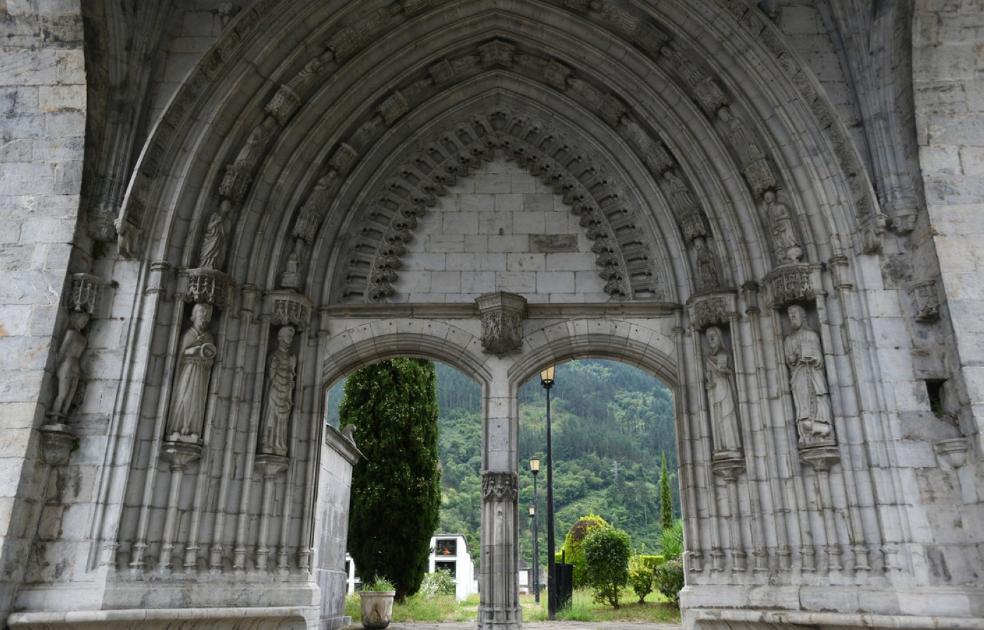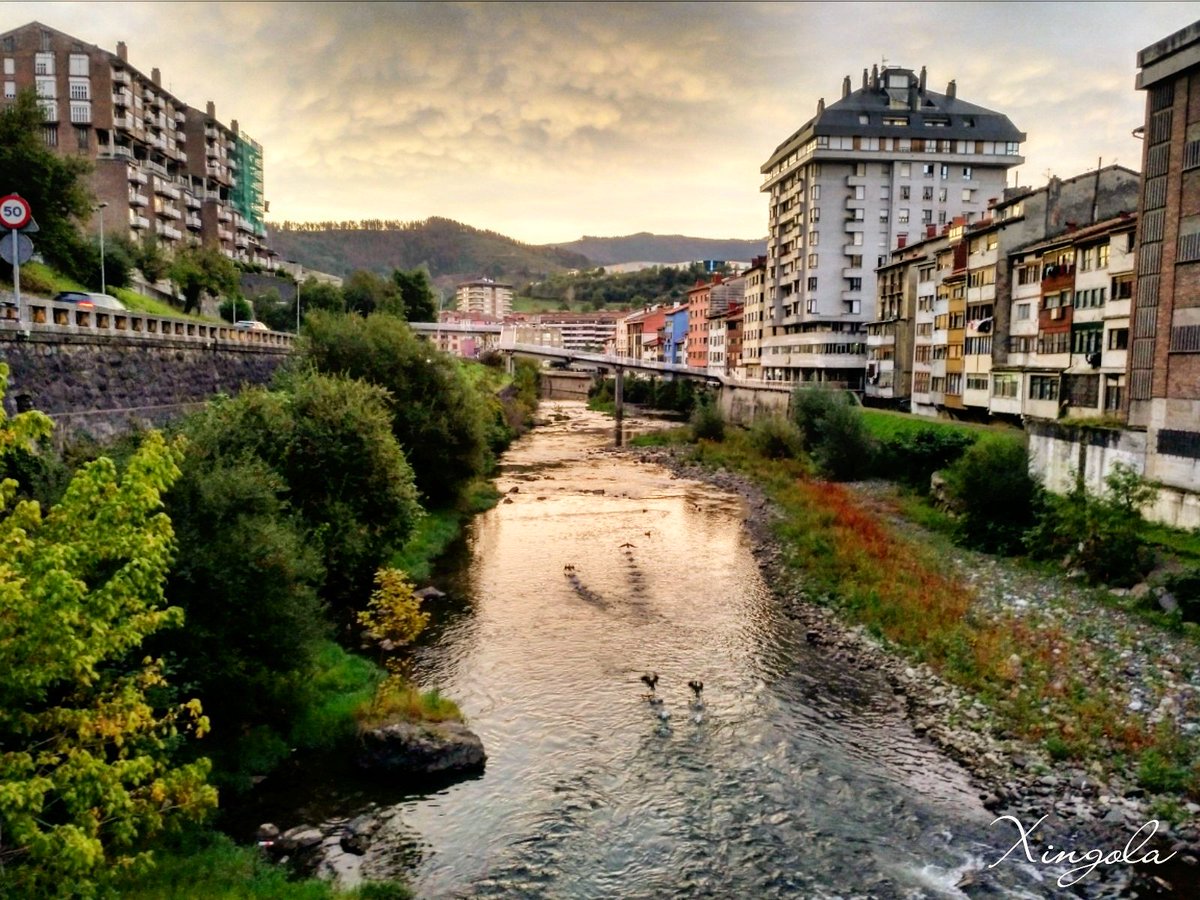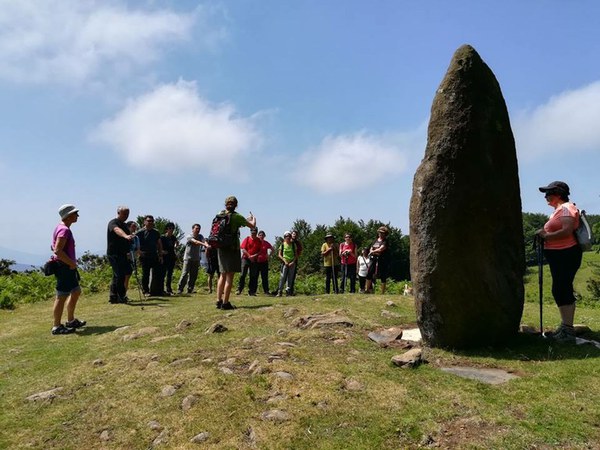Old town centre

In 1459 Martín Sancho built the church of the monastery of San Bartolomé de Olaso. The monastery and the church have disappeared, but in their place is the entrance to the church, which is also the entrance to the cemetery of Olaso, of great beauty and historical and artistic importance. The shrine of La Magdalena, dating from around 1346, was located outside the wall surrounding the town, at a crossroads at which many
stopped on their way to Castile. The Tower House of the Altzola family is located on the Nafarroa square. The first documents on this building date back to 1484, although
its origins go back even further. In times of emergency the building served as the seat of the town councils.
For example in 1560, when a fire destroyed part of the village, the Tower House hosted meetings between neighbours and the Town Council for its reconstruction. The old Padre Aguirre School is located on the Aita Agirre square, also known as the Txikixa square. The main hub of life in Elgoibar is on the Foruen square, better known as the Handixa square.
A perfect and harmonious baroque square where the Town Hall is located, built by the Ibero brothers in 1737. The coat of arms of the town, granted by the Catholic Monarchs in 1498, dominates the building. The church of San Bartolomé (patron saint of Elgoibar), the work of Longa, Larraza and the Ibero family, is also located on the Foruen Square. It was inaugurated in 1716, after twenty-five years of work. The church is built in the Escorial style, and has a baroque tower and an altar with a clear classical projection. This beautiful complex is completed by a building of old porticoed houses and the oldest pelota court in the Basque Country, built in 1751.


